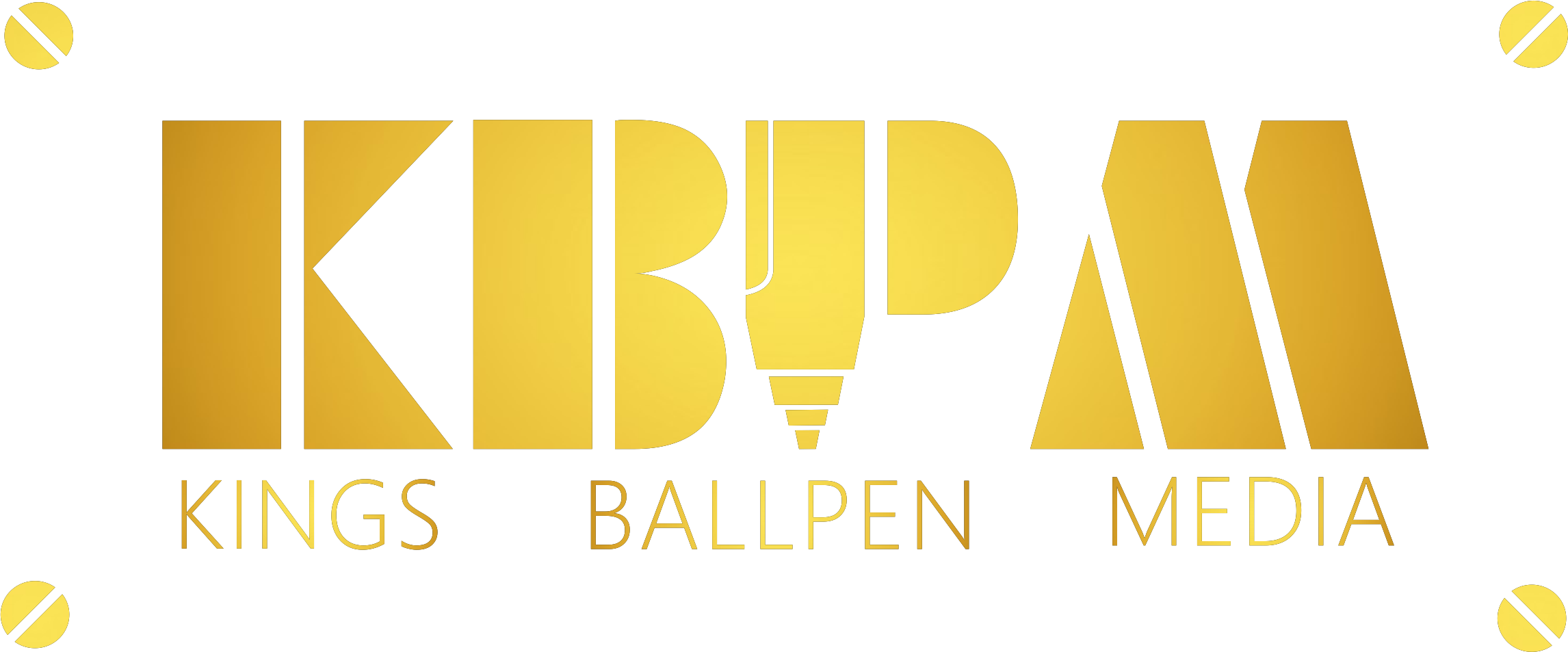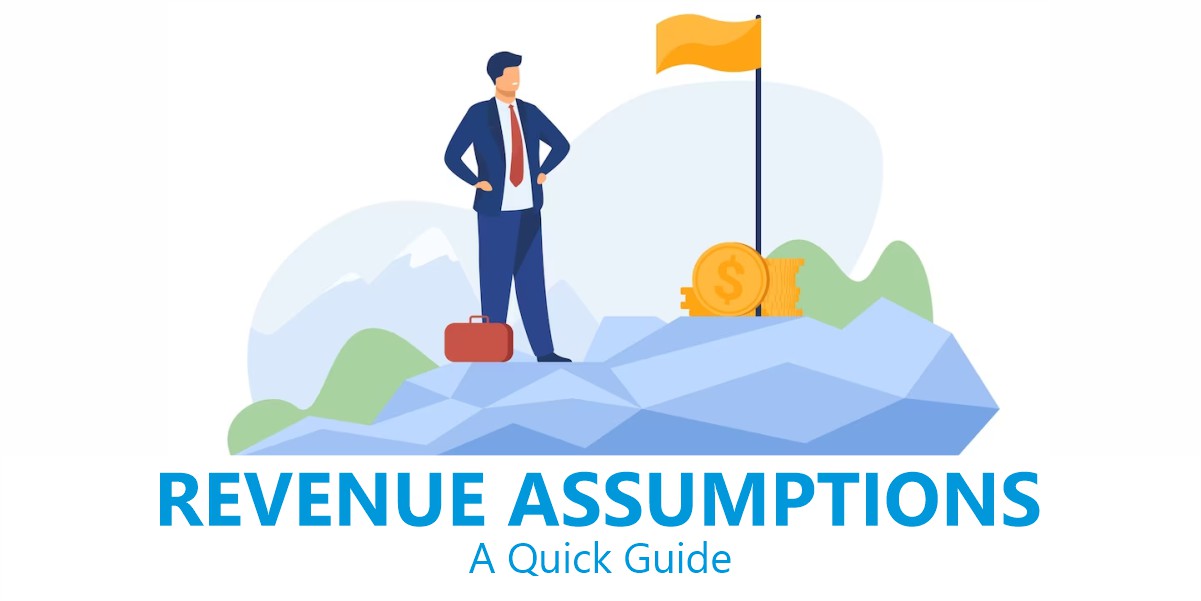Introduction
A revenue assumption is a projection or estimate of the amount of revenue that a company or organization anticipates generating over a specified period, such as a quarter or a year. This forecast is often based on a range of criteria, such as past performance, market trends, and the business model and strategy of the company. The use of revenue assumptions in financial forecasting and budgeting can assist a business in making decisions on investments, expansion, and other strategic activities.
What is revenue assumption used for?
Revenue assumptions are used for a variety of purposes, including:
Financial forecasting and budgeting: Companies use revenue assumptions to project their future financial performance and to create budgets that align with those projections.
Strategic planning: Revenue assumptions can inform a company’s strategic decisions, such as investments in new products or markets, expansion plans, and staffing decisions.
Performance measurement: Revenue assumptions can be used as a benchmark against which a company’s actual performance can be measured.
Decision-making: Revenue assumptions can help a company to make decisions about pricing, product development, marketing and sales strategy, and other aspects of its business.
Communicating with stakeholders: Revenue assumptions are often shared with investors, analysts, and other stakeholders, who use them to evaluate a company’s performance and potential.
Making a case for funding: Revenue assumptions are a key element of any business plan or funding proposal and are used to demonstrate the potential for revenue growth to investors or lenders.
What role does revenue assumption play in financial modelling?
Financial modelling, which is the process of constructing a mathematical picture of a company’s financial performance, relies heavily on revenue assumptions. In financial modelling, revenue assumptions are used to predict a company’s future revenue, which is then used to calculate a variety of financial measures, including net income, cash flow, and return on investment.
In financial modelling, the revenue assumptions are based on a range of factors, including historical performance, market trends, and the business model and strategy of the company. Then, these assumptions are utilized to generate financial estimates for a particular period, such as a quarter or a year.
Important indices of a company’s profitability, such as the gross margin, operating margin, and net profit margin, are also calculated using revenue assumptions.
Additionally, revenue assumptions are used to forecast the future value of a company’s shares or other investments, which is a significant aspect of evaluating the company’s overall value.
Revenue assumptions play a crucial role in financial modelling since they provide the basis for estimating a firm’s financial performance and making strategic decisions.
How to create revenue assumption
Creating revenue assumptions involves several steps, including:
Gather historical data: Collect information on the company’s past revenue, including sales figures and trends over time. This data can be used as a starting point for creating revenue projections.
Analyze market trends: Research the industry and market trends to understand the broader economic and competitive context in which the company operates. This information can help to identify opportunities and challenges that may impact revenue.
Understand the company’s business model: Review the company’s products, services, and target market to understand how it generates revenue. This information can help to identify key drivers of revenue growth or decline.
Make assumptions about future performance: Based on the historical data, market trends, and understanding of the company’s business model, make assumptions about the company’s future revenue. This may include assumptions about sales growth, pricing, market share, and other factors impacting revenue.
Create projections: Use the assumptions to create financial projections for a specific period, such as a quarter or a year. Be sure to include a range of scenarios, such as best-case, worst-case, and most-likely scenarios.
Review and refine assumptions: Review the revenue assumptions and projections regularly and make adjustments as necessary based on new information or changes in the business environment.
It’s important to note that creating revenue assumptions is an iterative process that requires careful analysis, critical thinking, and ongoing monitoring. It’s also important to consider the uncertainty and risks that could impact the revenue assumptions and to be transparent and explain them to the stakeholders.
An example of how revenue assumption looks like
An example of a revenue assumption would be a company’s revenue projections for the upcoming fiscal year. The retail company has been in operation for five years and has experienced an average annual growth rate of 8%. Additionally, they have lately launched locations in other markets and intend to extend their product offering. The company’s management produces the following revenue assumption based on this information:
Total revenue for next fiscal year: $50 million
This assumption is based on the company’s past performance, market trends, and expansion strategies. This assumption serves as the basis for the next fiscal year’s budget and financial predictions created by the company’s management. Additionally, the company will utilize the assumption to make strategic decisions regarding investments and expansion, as well as to communicate with investors and other stakeholders about its financial performance and potential.
It is essential to remember that this is merely an example and that the actual figures and specifics will differ per firm and industry.
Quick Links
Business Plan – Definition, Importance & What is Included
Financial Statements – Types and How To Read Them
Understanding Revenue Assumptions – Its Uses and Application
A Quick Guide to Expenses Assumption – Its Uses, Application and How to Create a Schedule
A Quick Guide to Payroll Expenses
A Quick Guide to Understanding Income Projection
An Overview on Profit & Loss table or Income Statement
What is Cash Flow – Its uses, importance & how to derive your cash flow statement
An Overview of Balance Sheet Statement & its Function
Breakeven Analysis – A Complete Guide

